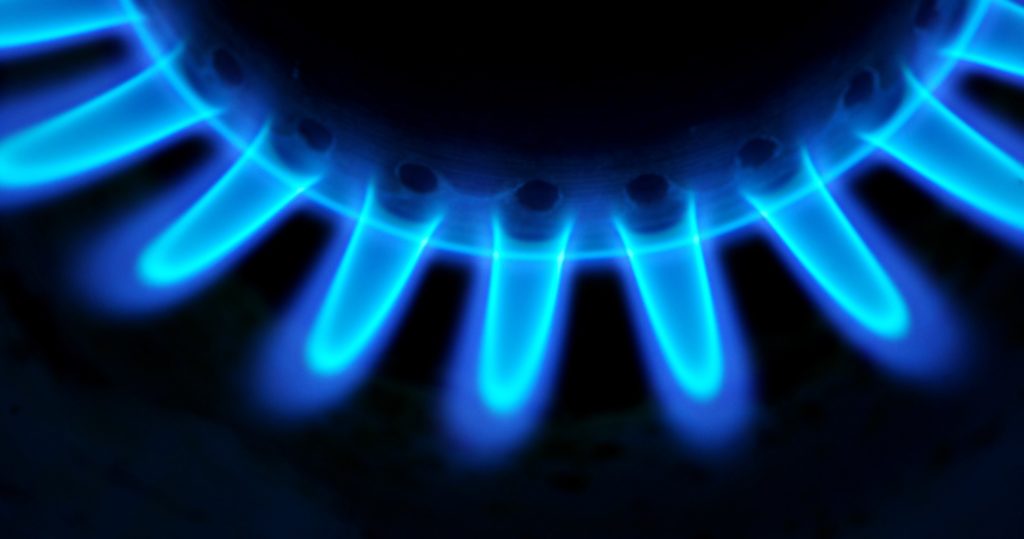
New research from CHILD has provided the first available data on gas stove use and its relationship to rates of asthma among children in Canadian households.
The study, published June 2023 in Canadian Journal of Public Health, looked at data from almost 3,000 households in the four sites involved in CHILD: Vancouver, Edmonton, Winnipeg and environs, and Toronto. CHILD has collected heath and environmental data, including stove use, from participating families at key intervals by means of clinical exams and questionnaires since the families were recruited in 2008-2012.
The new research found gas stove use was higher in Toronto (34%) and Vancouver (29%), compared to Edmonton (13%) and Manitoba (4%). Across all sites, children whose families used gas stoves when they were infants were found to have a higher risk of asthma by three years of age. However, at five years asthma prevalence (6%) among sites was not found to be dependant upon whether there was a gas stove in the house.
Looking closely at the site-specific data, given that the use of gas stoves differed among CHILD families depending upon study centre, the researchers found that risk of five-year asthma was doubled in gas stove households in Toronto—but not Vancouver.
“We suspect the different relationship between gas stoves and asthma in these two cities may have to do with their very different climates, and the fact that people may leave their windows open more often in Vancouver than in Toronto,” comments CHILD Director and the paper’s corresponding author Dr. Padmaja Subbarao.
“Overall, the results of this research echo findings published elsewhere, in not painting a perfectly clear picture but nonetheless registering some significant, if inconsistent, health effects related to gas stove use,” comments Dr. Michael Brauer, a CHILD investigator and professor at The University of British Columbia’s School of Population and Public Health. Dr. Brauer has been following this issue since co-authoring a commentary about it in The Lancet in 1996; he was not involved in this new study.
“The inconsistencies in this and other studies likely point to the influence of additional factors that are contributing to asthma outcomes. This may include things like the use of stove hoods, exhaust fans or open windows, whether the stove has a continuously lit pilot light, as well as genetic differences that make some people more vulnerable than others to developing asthma through exposure to the nitrogen dioxide produced by gas stove use.”
That about 25% of CHILD households use gas for cooking suggests it to be a very prevalent appliance in Canadian homes, notes Dr. Brauer.
“Even with a relative risk that’s rather small, when exposure prevalence is high, that risk can still be consequential from a population health perspective,” he further observes.

“My recommendation would be to replace a gas stove with an electric one if you can, especially if there are people in the household with asthma or COPD. Doing so is even more advisable from a societal perspective, given our growing understanding of the negative impacts of gas stove emissions—methane in particular—on climate change, about which the scientific findings are more consistent and definitive.”
Electric induction stoves offer the best option due to their energy efficiency, according to Dr. Jeffrey Brook, a senior co-author on the study who leads CHILD’s physical environment component as an Associate Professor at the University of Toronto in the Dalla Lana School of Public Health, and as Scientific Director of the Canadian Urban Environmental Health Research Consortium (CANUE).

“With any stove, it is important to have an effective fume hood for it and to use it as much as possible. This not only helps keep the fumes from gas use down but protects people from the emissions created by cooking,” Dr. Brook adds.
The CHILD research was prompted by a recent study that found almost 13% of childhood asthma cases in the United States attributable to gas stoves, prompting media attention as well as advocacy for the banning of gas stoves, and for reducing the building sector’s dependence upon gas to help in the mitigation of gases contributing to climate change.
“We felt it important to conduct a comparable study in Canada, where conditions are similar to those in the US, to see if the relationship between stove use and childhood asthma rates held up,” explains Dr. Brook.
“We are extraordinarily fortunate in Canada to have CHILD as a resource that allows us to generate this kind of data—and to investigate children’s health issues like this one—so quickly.”
See media coverage: CTV News, Winnipeg Free Press, Toronto Star, Hamilton Spectator
Watch the recording of an April 2023 webinar with Dr. Michael Brauer on the the topic of this research:
